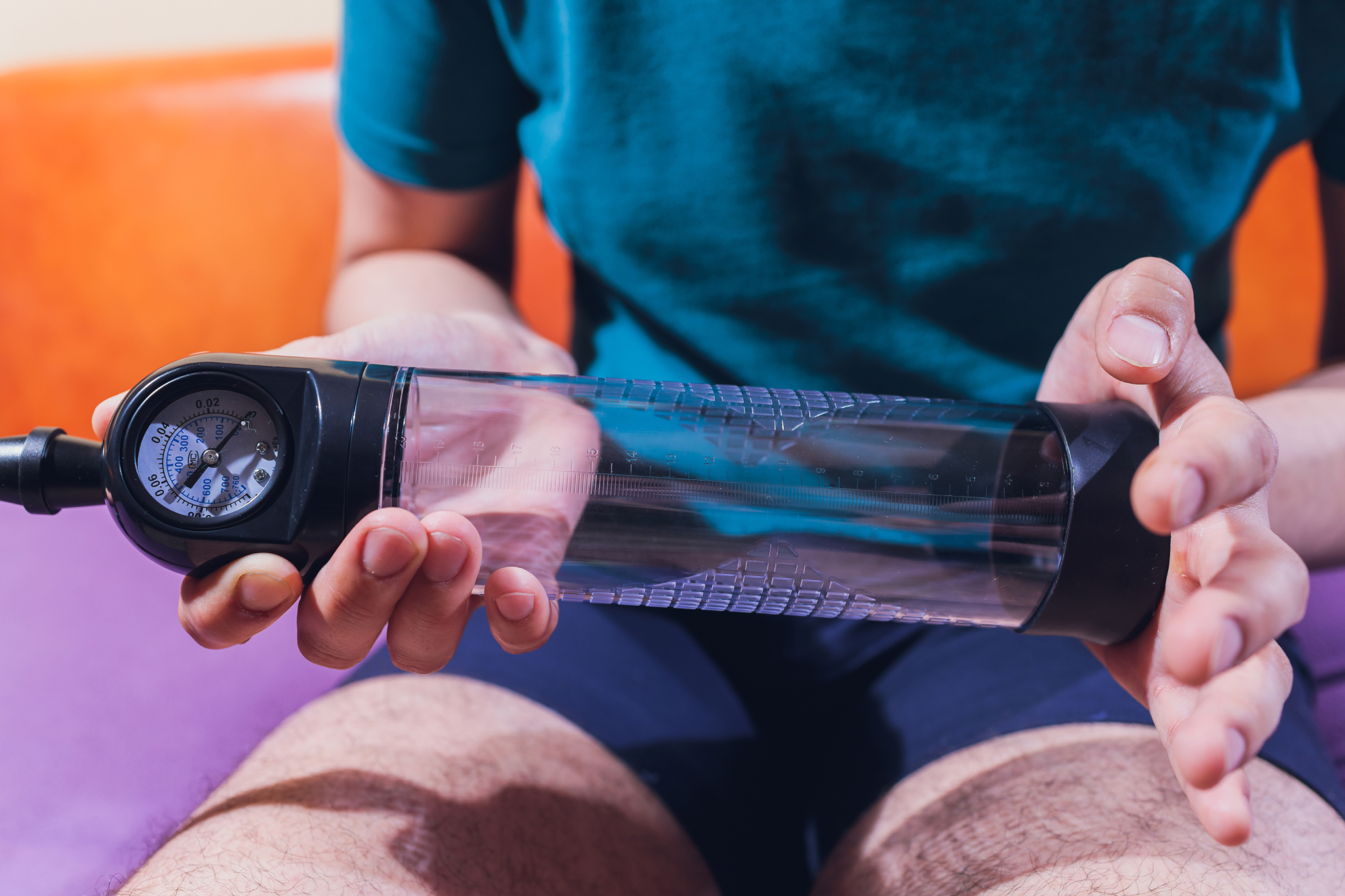A mysterious patch developed
Nearly half of men experience episodes of "erectile dysfunction" in their lives. It's like everyone: there are days when Junior doesn't feel like getting up. The reasons are varied, ranging from stress to fatigue, from a drop in testosterone to accidents.
.
One of the reasons may also come from injuries caused to penile tissues. To treat these tissues, which maintain the erection, Chinese researchers have developed a hydrogel-based patch that is very useful. This patch would repair damaged tissues, such as after a "penile fracture", or any injury that sometimes requires surgical interventions. Here, Popol remains faithful to his duty, as stiff as a post.
A bionic penis is soon to come to life?
In reality, it's a bit more complex (hehe), but researchers and other scientists are actively working on it. The famous patch mentioned earlier is a significant advance in reconstructive surgery.Even though experiments have mainly been carried out on guinea pigs so far, the results have proven to be quite conclusive.
With the use of hydrogel, which brilliantly imitates the natural membrane and its elasticity, an artificial version of the tunica albuginea has been created. (We know, there are a lot of big unknown words in this article if you're not a specialist...) That's why, with all this evolution, great hopes are pinned on the design of a fully artificial penis!
Everything, everything, everything, you will know everything about the bionic penis...
The scientific team announces: "The next step will be to successfully treat fully penises presenting disorders, or even to create an artificial penis with a holistic approach." In the meantime, -Viagra is a proven solution. However, in 2016, The Sun reported the story of Mohammed Abad in Scotland: After being in a car accident as a child, he had his first sexual relationship at the age of 43 thanks to a bionic sex transplant.
Mohammed Abad and his bionic member at £70,000 - The Sun
The good news is that if we can operate at the "tap" level, it is possible to construct biomimetic tissues such as in the intestines, bladder, cornea, tendons, or blood vessels. Progress does not stop…
Sources: Study conducted at the South China University of Technology, published in the journal Matter
